How to Successfully Grow Heathers: A Step-by-Step Guide
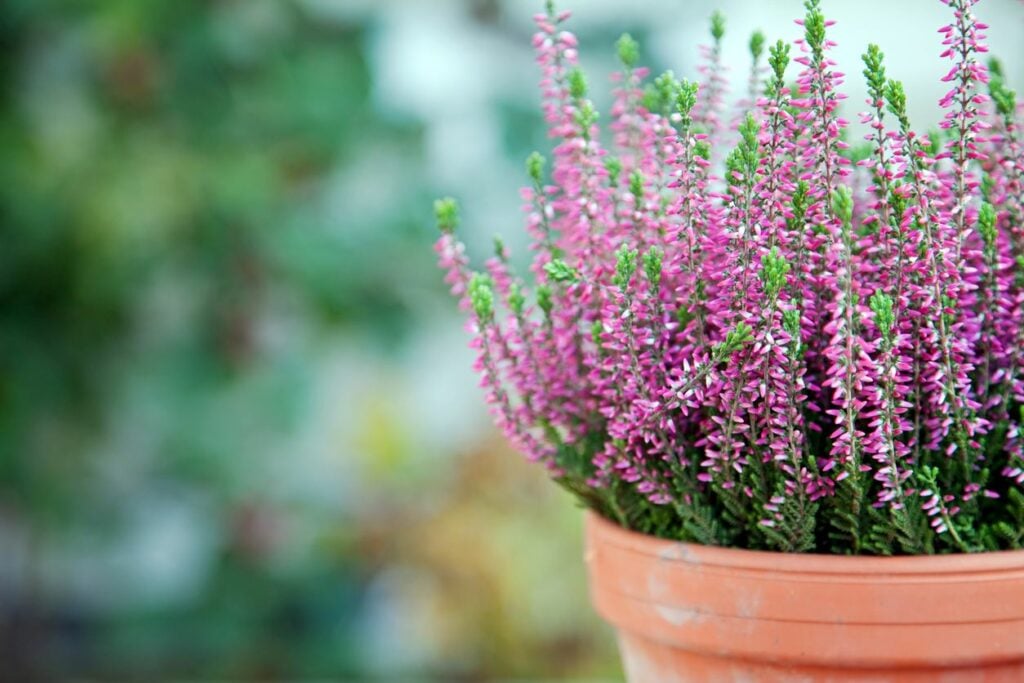
Table of Contents
Heather Plants, commonly known as Scotch Heather, are native to Ireland and belong to the Ericeceae family. Botanically known as Calluna Vulgaris, they are also fondly known as Scottish Heather. They are commonly found in Europe and Asia and grow between 24-36 inches in height when they are fully mature. The alluring beauty of the heather plants will be a great addition to your garden as they also bloom strongly scented flowers in the late summer to the early fall season. These flowers can be identified in colours such as red, rose, pink, purple, white, etc.
It is interesting to note that all heather plants are produced by selective breeding of some plant varieties. These heather plant cultivars are about 500 different varieties, available in the market before every flowering season. Generally, flowers of different colours are a main attraction in the garden, but heather plants are unique. Though flowers are a beauty in the blooming season, it’s the foliage of the heather plant that makes it special. The foliage changes colours all throughout the year and is vibrant across all seasons, adding radiance to your garden.
So, there’s no reason you shouldn’t get the heather plants. But, before you do, under the conditions in which heather plants thrive, you need to check.
How to Grow Heather Plants
1. Grow Heather from Seeds
This is one of the common ways to grow any plants, including the heather plants. You can simply buy some heather seeds from a local market or store them up from the last plant you had. The only mystery with these seeds is that you won’t know the type of heather plant you will be growing until they’ve grown. Though gardeners and sellers promise the type, that can’t be guaranteed completely.
2. Grow Heather from Cuttings
If you wish to add a particular type of heather plant to your garden, then this is a perfect way. This method is also considered the most economical way as they are much cheaper than the seeds in the market. You can easily store your previous heather plants through winter or borrow them when you want to plant them. These cuttings with just a few leaves will give you the flowers exactly as their parent heather plants.
Method #1 – How to Grow Heather Plants from Seeds
1. Prepare the Tray/pot
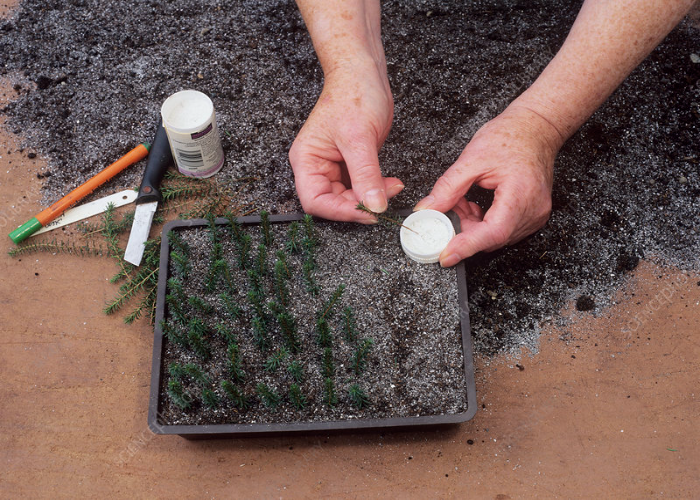
Before you even place soil in your tray for the seeds, we have to get your try to be in perfect conditions to sprout the seeds to become heather plants. So, when you decide to sow the seeds, take a fire-resistant metal tray or a mud pot. Place them in the oven at 250 degrees Fahrenheit or heat them in a smoker slowly. While the oven heats up the tray quickly, the smoker takes a longer period, so choose whichever is perfect for you.
2. Check the Soil
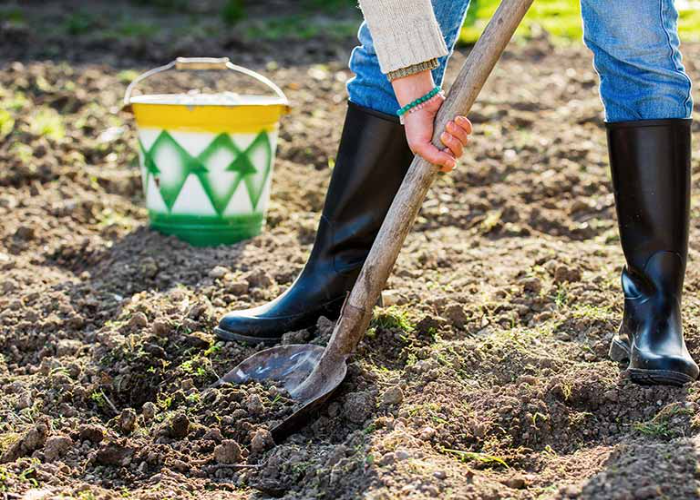
To make sure that your heather plants grow healthily, the soil conditions must be good. Heather plants usually grow well in hot weather when compared to cold temperatures. So, make sure that your soil pH is between6-7 before you put it in the tray. At this point, add compost and fertilisers if you wish to, so this can increase the nutrients in the soil. The right moisture content helps in the growth of heather plants.
3. Sow the Seeds
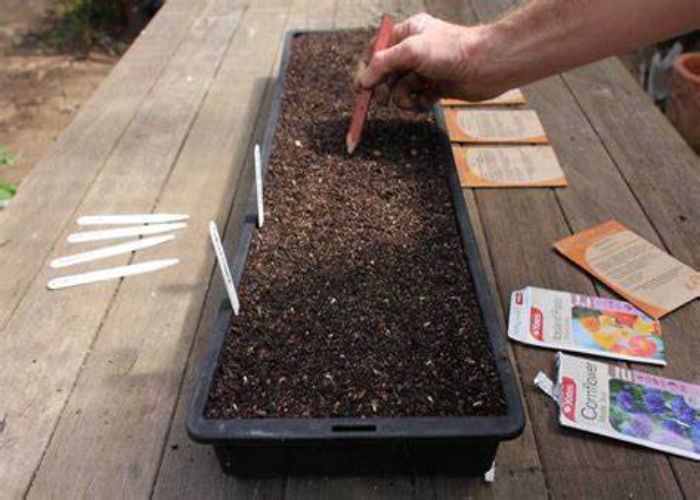
Now, when your soil is ready, transfer them into the tray or pot. First, put the soil and level them gently and don’t push too hard. Once the levelling is done with no holes, now drop the seeds on the top of the tray or pot. Don’t put too many seeds; just put 3-6 seeds in the pot and a few more in the tray. This ensures that your plants will have more space and enough resources to grow without overcrowding.
4. Cover the Seeds
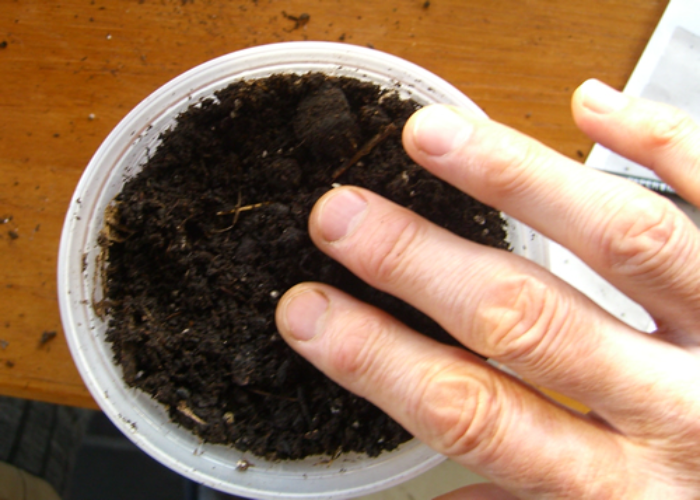
Once your seeds are settled in the soil mix, make sure to cover your seeds with some more soil now. This step will ensure that your roots will have enough soil for strength in the future. If you don’t cover the seeds with soil, then the roots may be congested and hamper the growth of the plant.
5. Dampen the Soil
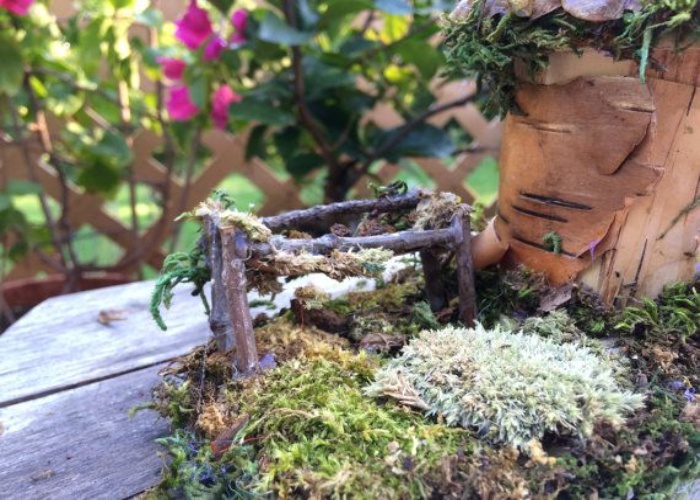
Now, spray little by little water on your soil frequently and make sure that it’s always wet. This allows the plant to grow initially. Never let your soil go dry, and maintain the moisture. Once your seeds start sprouting and growing, you’ll want to cut down on the water content being given to your plant. Heather plants require maximum watering in the initial stages and very little irrigation care once they start growing.
6. Sunlight Conditions
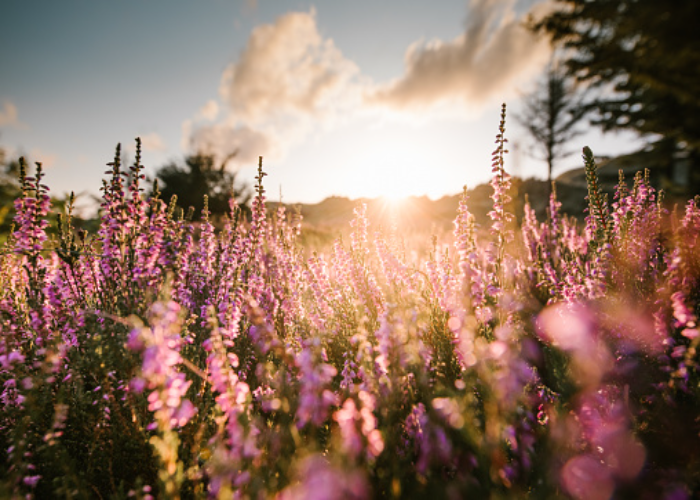
In the initial stages, place your tray or pot indoors, and after you see some growth, move the tray outside or expose it to direct sunlight for a few hours a day and slowly increase the time. This ensures that your plant isn’t burning to be exposed to sunlight suddenly. Exposure to sunlight slowly will strengthen the foliage.
7. Transfer Them From Trays to Some Larger Containers
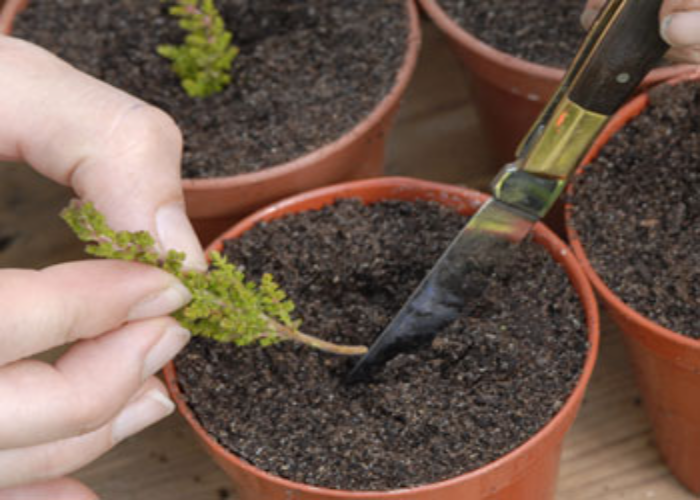
Once you see the heather plants with roots and a couple of leaves, it’s time to transfer them from trays to some larger containers like pots or in your garden. For this process, first, remove the plant from the tray and loosen the roots of any soil. Now, make the holes in your garden and gently place them over with soil without leaving any air gaps.
8. Fertilise Them Properly
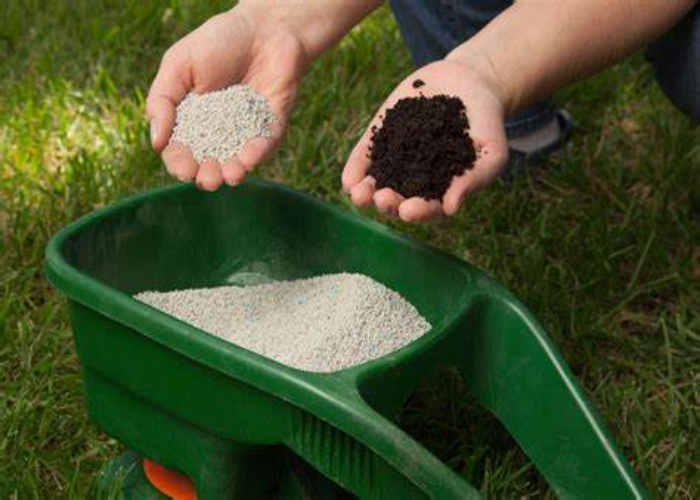
Since you just transferred your plant to outdoor conditions, it may be prone to infestation, so make sure that you fertilise the heather plant at least once so they’re protected against infestation. Also, mulch your soil at least once in the initial stages, and your heather plant will be good to grow with better living conditions.
Method #2 – How to Grow Heather Plants from Roots/Cuttings
1. Prepare the soil
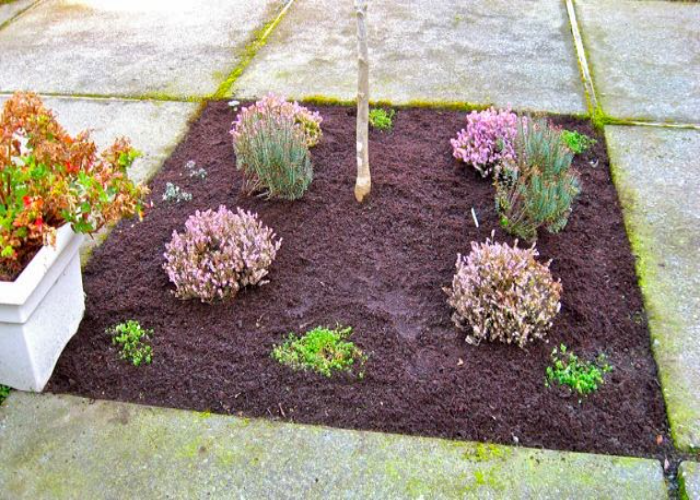
Before planting the heather roots, you must prepare the soil to give the plant perfect conditions to grow. And before planting, till and break the soil up to 4-6 inches and let it rest for a few days as well. This applies to any type of soil you have in your garden; use tools like a spade or hoe to complete the process instead of using your hands, as this may harness the pH levels in the soil. Heather plants grow best in soil that has higher pH levels. So, make sure to test your soil using a pH test kit and ensure that the pH levels are above 6 for the best growth.
2. Choose the Perfect Spot
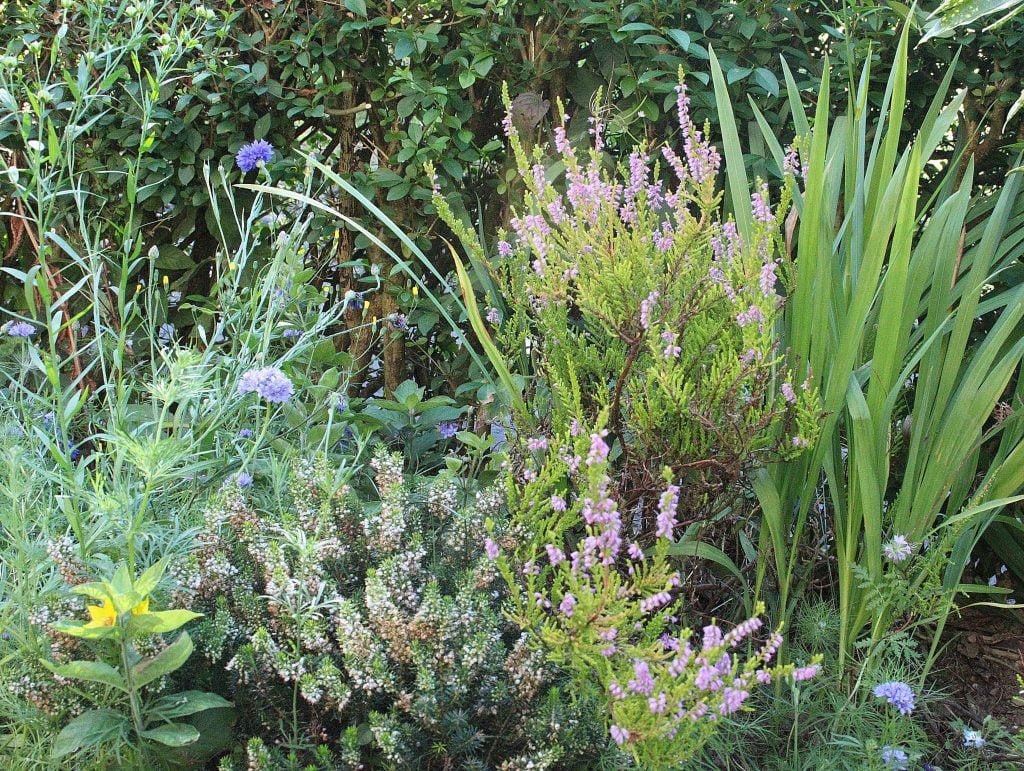
Heather plants grow best when they are exposed to an abundance of sunlight every day. So, make sure that you find the right spot to grow your heather plant where there’s enough sunlight. Your plant should ideally receive at least 6 hours of sunlight every day for healthy growth. Just ensure you place your indoor plants near a sunny window and cultivate your outdoor plants to the south or west, which gives more sunlight.
3. Plant Your Cuttings/Roots
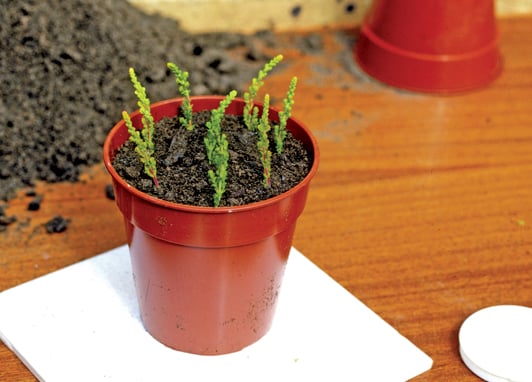
Check the length of your heather plant roots/cuttings, and make sure that you dig at least double the size of your root to place it. Try pushing them gently into the hole and make sure that they are comfortable and not bent into the soil. Once you have it set well, now fill the remaining hole with the soil gently. Make sure not to leave out any gaps for air, so check back for the next few days to see if your soil is holding the heather plant firmly and repeat the process if you see them loosening from the soil.
4. Mulch the soil
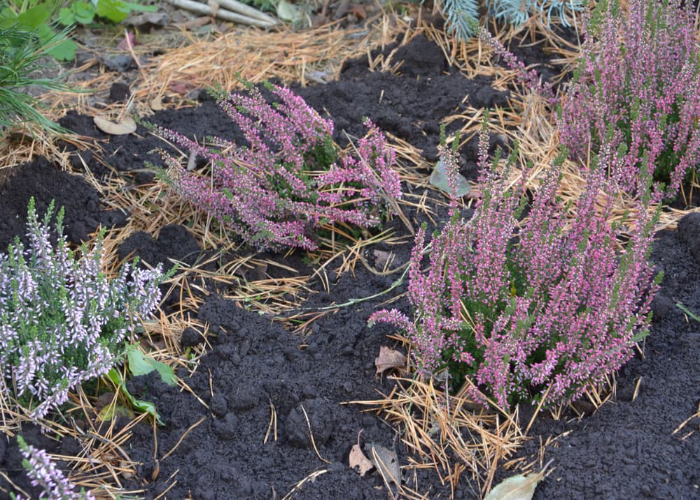
Once you see some growth in your heather plants, just mulch your soil to provide the required nutrients to it for healthy growth. Mulching your plant in the initial stages is enough, and once done, you don’t have to worry about mulching again. Also, your heather plants don’t need any fertilisers or chemicals unless you are worried about infestation in your garden.
5. Maintain the Moisture
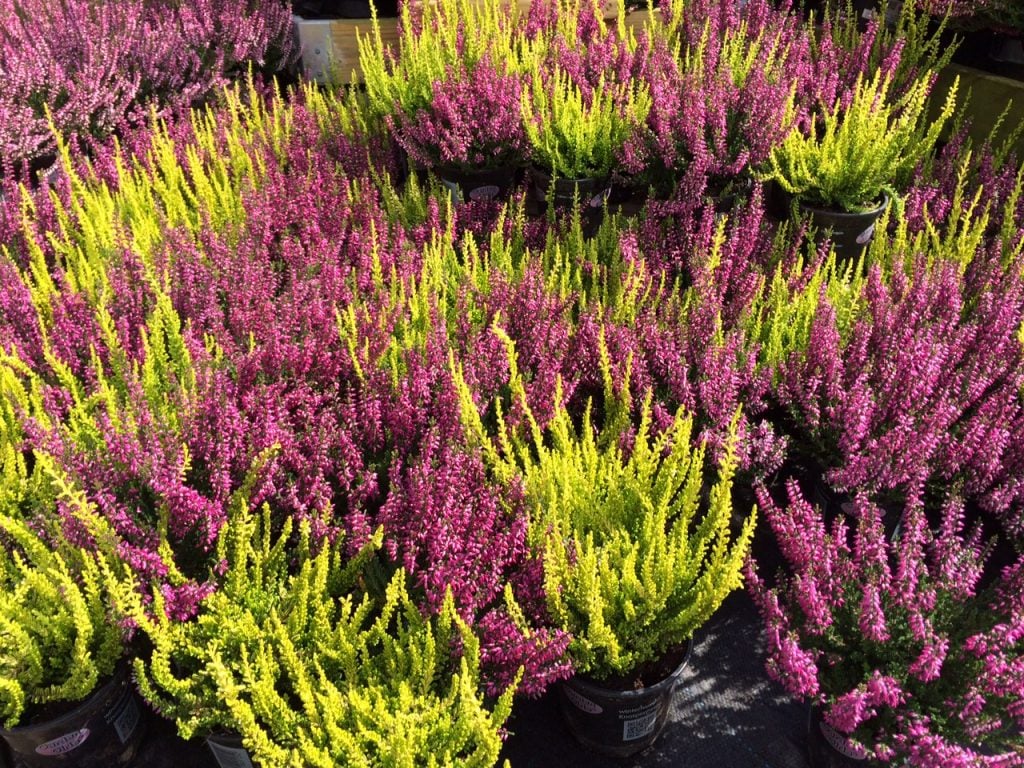
Heather plants don’t enjoy overmoisture in the soil and fade away or rot if there’s excess water. In the initial stages, water your plant every day but don’t expose your leaves and stems to water. Once your plant starts growing, stop watering frequently and water only when your plants need it. Check the soil regularly and water only when you feel that the soil is drying out. Too much water can rot your heather plant roots, so be careful.
What Are the Conditions for Growing Heather Plants?
1. Proper Sunlight
Just like most of the flowering plants that bloom in winter, heather plants also need an abundance of sunlight to grow. It requires as much sunlight as it can get and enjoys direct sunlight throughout the day. Heather plants that are growing need at least 6 hours of sunlight. But if you live in a rather hot zone with high temperatures, you can bring your plants into partial shade just during the 3-4 hours in the afternoon when the sun is at its peak.
2. Water It in Prudent Way
In the initial days, or when the heather plants just started growing, they needed an abundance of water almost every day. They can take up to one inch of water per week and moist soil throughout. You need to take extra care for irrigation, but once the plant has grown, irrigation can be the least of your worries. You can water them once or twice a week or only when you see the soil completely dry. Don’t sprinkle or pour the water on leaves and stems in any phase; make sure to pour them into the soil directly.
3. Provide Balanced Soil
The Heather plants need slightly high acidic soil, and the pH levels must be between 6-7. If the soil doesn’t meet the requirements, you can always add peat moss to bring your soil to the required pH levels. The plants can serve well in sandy soils, and extreme types of clay soil can rot the roots. Heather plants accommodate themselves well in rocky and well-drained soil and don’t require rich soil. You can just mulch and fertilise once in the plant’s lifetime, and that’s enough for healthy growth.
4. Pruning Technique
Pruning can be done if you insist on your heather plants being in the right shape without any additional bushes lying around. But ensure to prune your heather plants only after the flowering season has passed and the flowers have faded away. This is when after pruning, the plant will have ample time to grow back before the next flowering season. Heather plants tend to become woody, so you can cut them as much as possible, even till the stems of the plant.
5. Humidity and Temperature
Heather plants like high temperatures and humidity during their growing stages. Though they also survive in moist humidity, attention must be given when growing in cool weather conditions. In cool temperatures, you need to protect the plant by shielding them from the freezing atmosphere by storing them as dormant in basements, boxes, etc.
Summing Up
All in all, Heather plants act as a great inclusion to your garden. With so many varieties to pick out from, they create a lavish look for your garden. They are a great ground cover that fills your garden with bright colours all around the year. The flowers, with their powerful scent, also attract the right bugs, butterflies and other pollinators to your garden.
You can grow even in rocky and sandy soil, and they’ll grow healthily with no fuss. They can be grown in partial shade to full sunlight with no requirement of rich soil or mulching, fertilisation all the time, all with very less water.
With little to no care required, these heather plants are an instant hit in your garden.

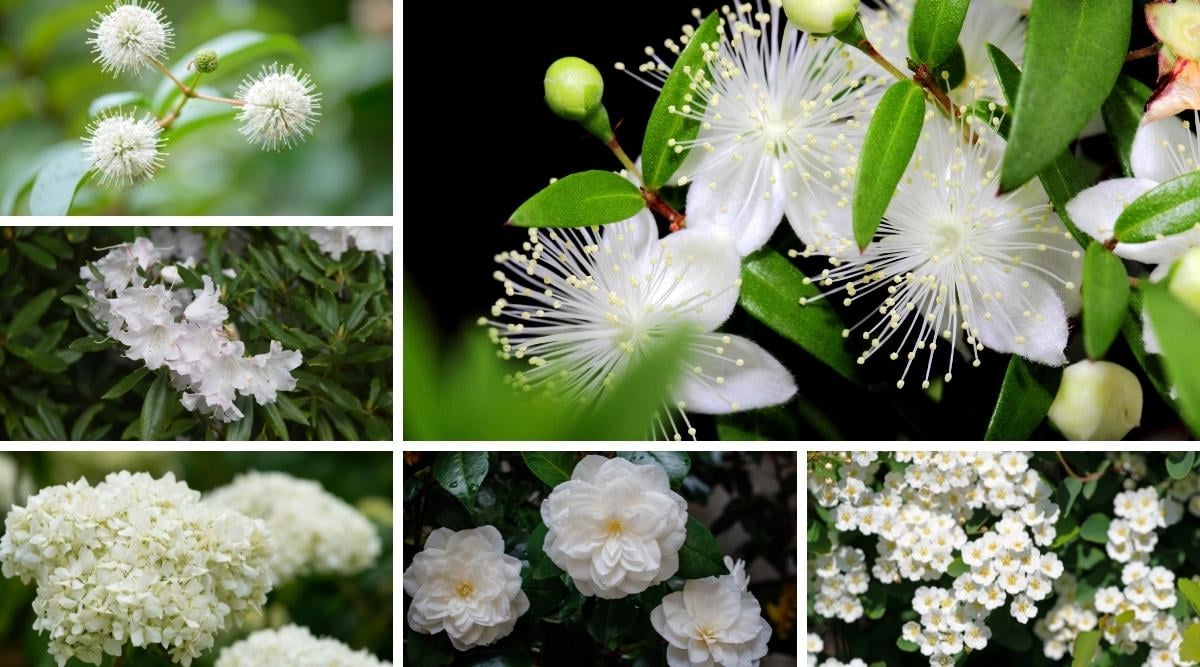
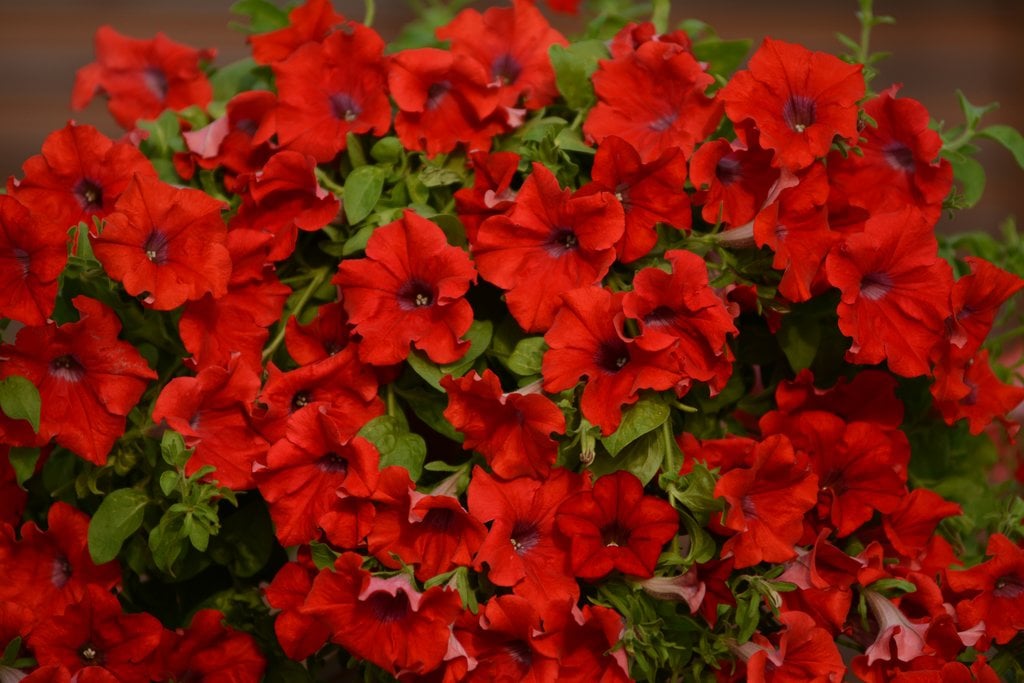
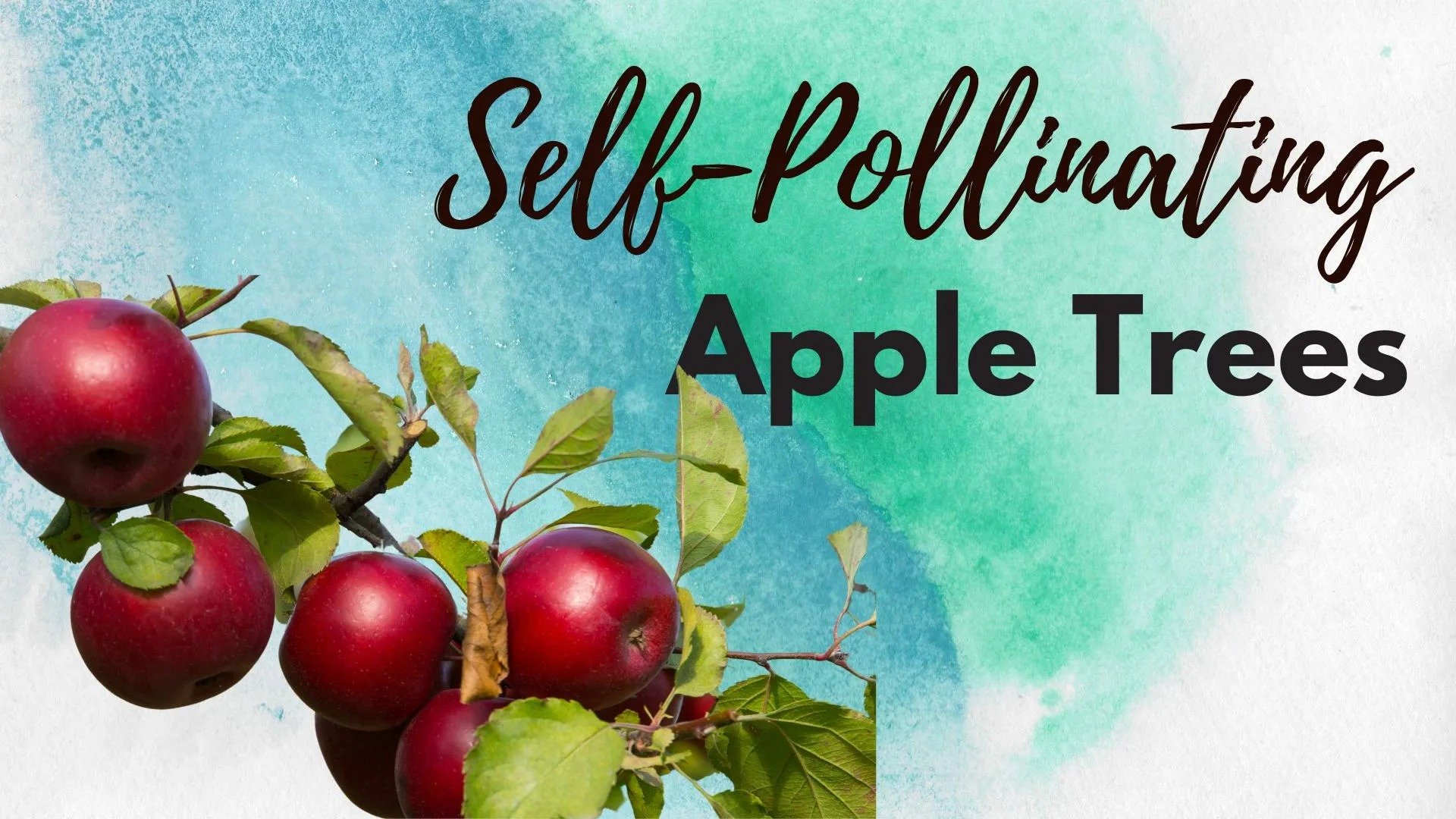
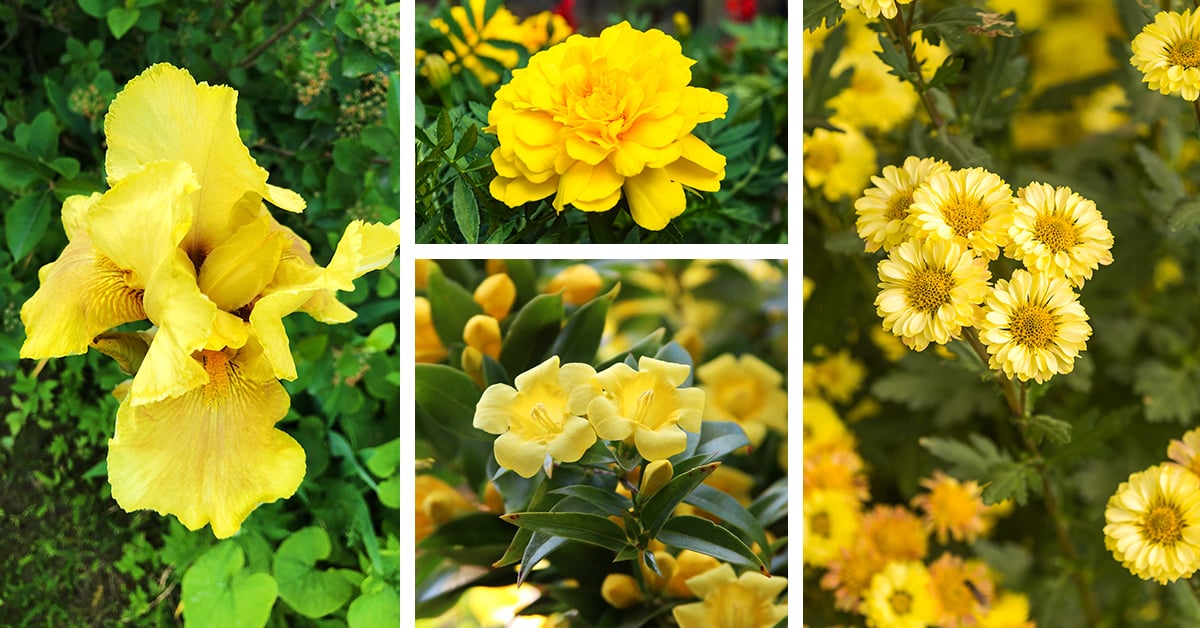
![How to Plant and Care for Clematis [UK]](https://staging.thearches.co.uk/wp-content/uploads/How-To-Grow-Clematis-scaled.jpg)
